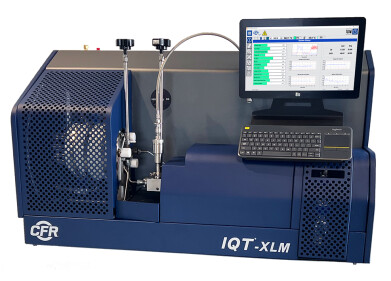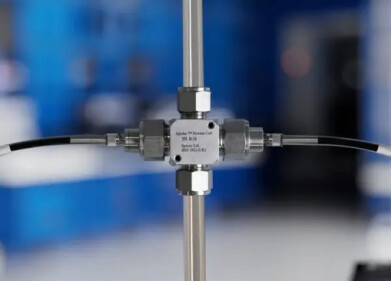Analytical Instrumentation
Why Has the US Reverted to Oil Trains?
Feb 07 2019
In the face of a growing pipeline bottleneck, analysts predict that crude-by-rail transport could make a comeback as North American producers jostle to move resources. While producers have previously shied away from rail transport amid concerns regarding safety and spills, the latest statistics from the U.S. Energy Information Administration suggest that around 718,000 barrels of crude a day are transported on American railways. This marks an 88% increase from the previous year's figures.
The revival in crude-by-rail transport has been largely fuelled by record shipments from Canada, where legal holdups and environmental opposition have delayed major pipeline expansion projects like Trans Mountain and Keystone XL. Rail shipments have also picked up in oil producing hotspots like the Permian Basin of West Texas and New Mexico, as well as North Dakota’s Bakken region.
Canada and US desperate to ease bottlenecks
Analysts predict the trend will stretch well into 2019 as North American production continues to surpass pipeline capacity. In Canada, bottlenecks have grown so severe that heavy crude was recently selling for more than US$50 a barrel less than US benchmark prices. Meanwhile, US oil prices have dropped by almost 25%.
Crude-by-rail transport can be an efficient way to ease bottlenecks, though costs are much higher than transport via pipelines. It costs around US$12.50 a barrel to transport oil by pipeline from Canada to the US Gulf Coast, compared with US$20 a barrel by rail. Though despite the higher costs, ongoing opposition to pipeline expansion projects coupled with the fact that North American oil production has increased by more than 15% since last year means that crude-by-rail transport has emerged as an attractive option.
Rail industry holds back on heavy investments
While oil producers in Canada and the United States are feeling the sting, the surge in demand for rail transportation has benefited freight hauling companies like Union Pacific Corp, whose petroleum shipments spiked by around 30% in 2018. That said, Chief Executive Lance Fritz has confirmed that while the industry is enjoying a temporary boom the company will hold back on investing in infrastructure as demand could vanish when major pipeline projects are given the green light.
With bottlenecks threatening oil prices, maximising efficiency and increasing bottom lines is a top priority for producers. Introducing the latest Inductively Coupled Plasma - Optical Emission Spectrometry techniques, 'Analysis of In-Service Oils Following ASTM D5185 with ICP-OES/AES' explores how analysis of metals in in-service oils can help maximise uptime.
Digital Edition
PIN 25.5 Oct/Nov 2024
November 2024
Analytical Instrumentation - Picturing Viscosity – How Can a Viscometer or a Rheometer Benefit You? - Sustainable Grease Formulations: Evaluating Key Performance Parameters and Testing Method...
View all digital editions
Events
Dec 03 2024 Dusseldorf, Germany
Dec 08 2024 Anaheim, CA, USA
Turkey & Black Sea Oil and Gas
Dec 11 2024 Istanbul, Turkey
Dec 19 2024 Aurangabad, India
Jan 20 2025 San Diego, CA, USA



















